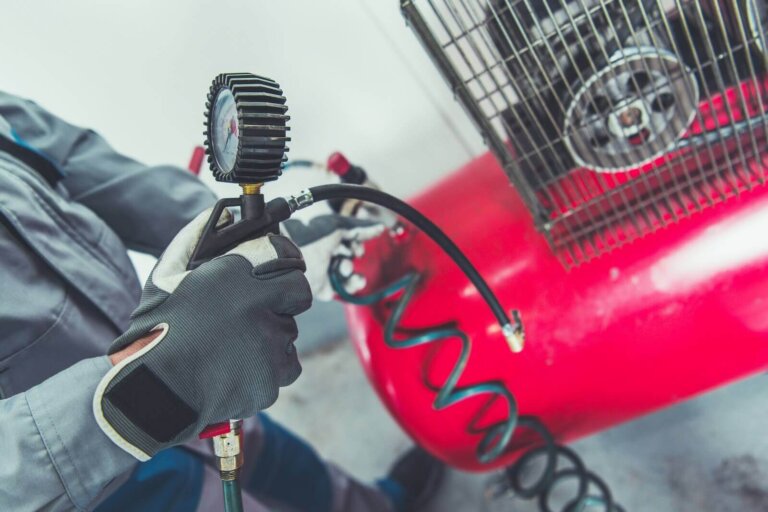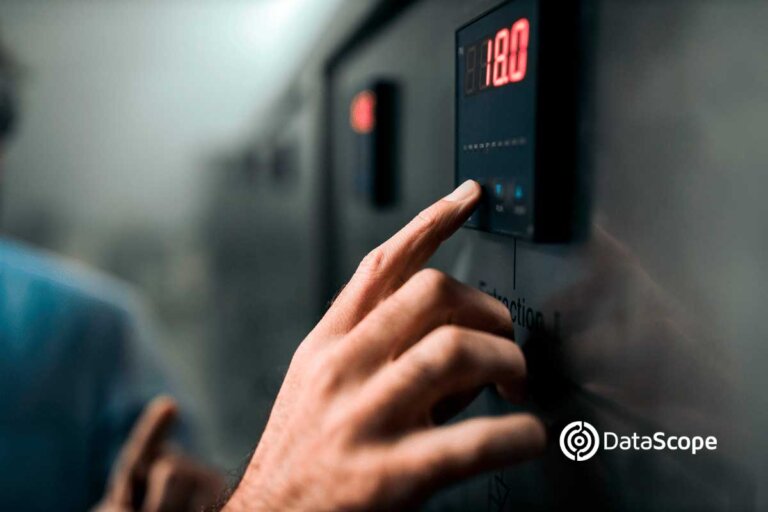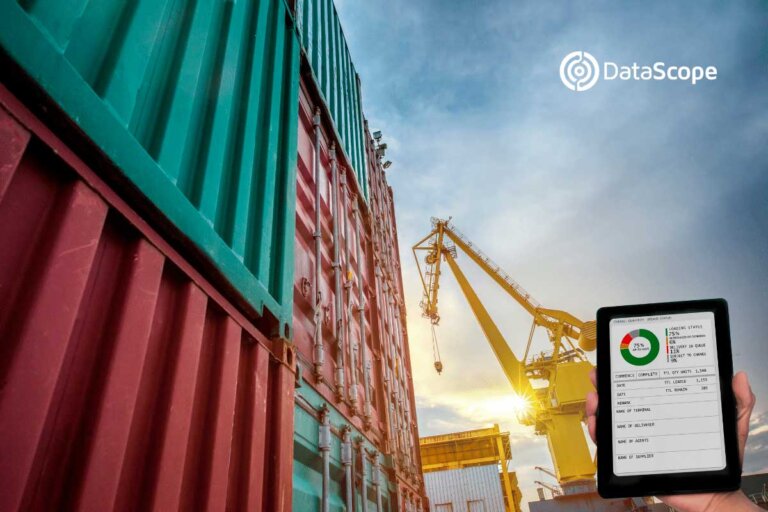In an increasingly demanding and competitive market, maintenance has become one of the keys where organizations can make a difference with respect to their direct skills. Many see in this sector a real opportunity to be more efficient and reduce production costs.
But in order to achieve these goals that a good maintenance management sets us, it is necessary to be guided by a series of KPIs typical of the sector that will allow us to evaluate the initiatives and see if we are moving on the right path.
There are five key KPIs for the maintenance sector that we can rely on:
1- KPI Corrective maintenance ratio vs. preventive:
Current market conditions force us to adopt more efficient and proactive strategies. For that, one of the latest trends in maintenance management is to move from preventive plans over to corrective ones, since currently, waiting for problems to occur in our equipment versus the possibility of previously finding those errors is a very great advantage compared to the competition.
This is why the effectiveness of a maintenance department must be measured by the number of tasks it can perform preventively in relation to those it performs correctively, or, in other words, when a breakdown or incident has already occurred in one of the equipment or machinery. The correct management of this area will depend on the skills and knowledge of the person in charge and their ability to carry out detailed planning and then a rigorous execution of prevention measures and plans.
The strategic objective pursued by this KPI is to be able to control -or monitor- the organization’s preventive maintenance policy as a general improvement system and, especially, cost reduction. Using as the main metric, the number of hours spent on both corrective tasks and the number of preventive tasks.
With these results, the goal of the organization should be to start with 0.5, that is, for each hour of corrective tasks, two hours of preventive tasks have been performed.
Obtaining this indicator has a fairly low degree of difficulty, since it is sometimes difficult to draw a line between preventive and corrective tasks, but this can be easily fixed with a good explanatory manual and constant communication with teams or departments. that perform these functions.
2- KPI of preventive maintenance tasks completed on date
As we have previously reviewed, preventive maintenance tasks are key for organizations and not only provide an important competitive advantage, but also allow us to reduce costs and have a more detailed view of the status of our equipment, machinery and facilities.
Prevention is a method that can guarantee quality and this does not escape the effective maintenance that we can perform on our equipment. This is why having a good preventive maintenance planning requires a control system for its execution.
Considering this, this indicator is ideal to enter as a “lead” variable (that is, to take advantage or the lead) in any measurement module of our Performance, whether for a Balanced Scorecard or a Control Panel.
The strategic objective that this KPI seeks is to be able to control that prevention tasks are carried out and completed in the planned times that we have arranged and projected. Considering this, the metric you are looking for is the percentage of the number of preventive tasks completed on time, divided by the total number of planned preventive tasks, multiplied by 100. In this scenario, a good goal for this indicator would be to obtain results greater than 85 %
As in the previous indicator, the degree of difficulty of this KPI is quite low, since it only requires an adequate and detailed record of the tasks planned by our team and a report of their execution times.
3- KPI Response time of the Maintenance Department
One of the most relevant aspects of maintenance areas is their response times. Preventive maintenance is important to be able to find failures or threats before they occur, but our ability to react and respond is just as relevant. For this reason, this KPI measures the speed of response of the maintenance area.
For its implementation, the design of this indicator must be very careful since it must take into account the resources available to the maintenance department, and must also consider the type of incident reported that requires attention, so the details in the report performed must be very specific.
Considering this, the strategic objective sought with this indicator is to be able to develop fast and efficient order service processes by our maintenance team, in order to minimize waiting or stop times for a given active.
With this, the main metric that this KPI gives us is the hours, that is, the time will be measured from the time a Maintenance Request is reported, or registered, until the time our teams will start working. in the solution of the claim or in what the incident was relieved.
In this case, the goal to be pursued is to have an indication of less than five hours of response to an incident. It is important to note that this indicator varies greatly depending on the industries of a given organization. The complexity of certain industries, especially those that work with chemicals, hazardous substances or in remote locations, can make this response time much longer, and in other more traditional, it could be less. But the five hours is a standard to consider.
This KPI seeks to lower or minimize these times, which has a low degree of difficulty, and it is recommended to systematize the data with an event controller clock, or an automated software that can record these types of events and then have a log to go filing them.
4- KPI Maintenance cost per square meter
This indicator expresses maintenance costs very well, since the numerator (total available square meters) tends to remain fixed, and thanks to this, the type of plant may be convenient to calculate the series seasonally, because there are maintenance cycles that they are expansive in case the plant is in a period of low production.
For this reason, the strategic objective that this indicator seeks is to be able to keep maintenance costs under control, and the metric to measure it is weight per square meter. That is, maintenance costs excluding depreciation costs, divided by the total square meters available in the plant.
Considering this variable, as in the previous indicator, the goal of this indicator will depend on the type of plant and industry in which it is applied, but the final objective will always be to be able to minimize this indicator.
In that sense, the degree of difficulty in obtaining this is Low, since the maintenance cost must include the salaries of the workers involved in the process, and the number of square meters generally tends to be stable.
5- KPI Number of incidents resolved by first plant level
This indicator refers to the incidents that are reported and resolved immediately by First Level Plant personnel, as a percentage of the total number of reported incidents. Therefore, the objective pursued by this KPI is to eradicate the causes of complaints due to damage to the products delivered.
For this, the metric used is the Number of incidents resolved by the Plant Level Personnel divided by the total number of reported incidents, multiplied by 100. The goal for this KPI should be to obtain a percentage higher than 25%.
As in the other indicators, the tendency should be to minimize this percentage as much as possible, but the degree of difficulty for this is medium, since it is a very unusual data to carry. This is because generally the companies that have it in use, usually start with a manual load until they decide to systematize it in their operating systems.







